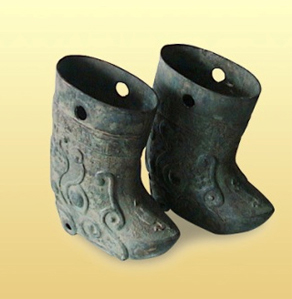
This pair is a handicraft. The Panli decoration on the boots is a typical pattern from the Warring States (475–221 BC). This kind of shoe was introduced to the State of Zhao from the Hu ethnic group, which was the first great innovation in shoe culture in Chinese history. During the Warring States, the king of Zhao introduced the Hu ethnic group’s shoes and clothes into his country so that the army could move more quickly in battle. Therefore, the State of Zhao became one of the seven strongest states at that time. The appearance of boots radically changed military life, political life and even Chinese society. From then on, boots were martial shoes as well as everyday shoes which spread all over the country.
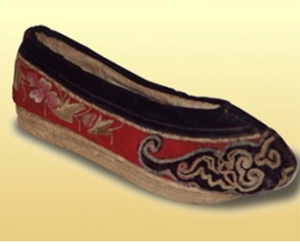
The shoes of palace women during the Qing Dynasty (1644–1911) were red. Accompanied by beautiful figures and thick soles, they were very fancy and honorable.
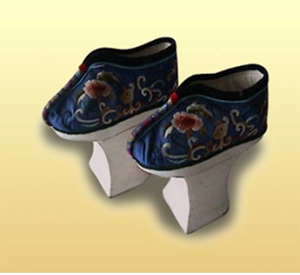
Flowerpot-sole shoes in the Qing Dynasty. Women from the Manchu ethnic group liked to wear long dresses but found it inconvenient to walk. Thus, they added a special kind of thick sole under their shoes. The sole looked like flowerpots, so they were called flowerpot-sole shoes. According to legend, they made a rhythmic sound that would drive bad animals away. Another reason for wearing the flowerpot-sole shoes was that they supposedly made women slimmer and more coquettish.
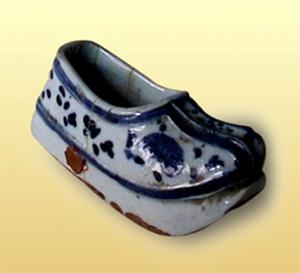
White china shoes in the Qing Dynasty. This pair of china shoes is beautifully colored and exquisitely shaped.
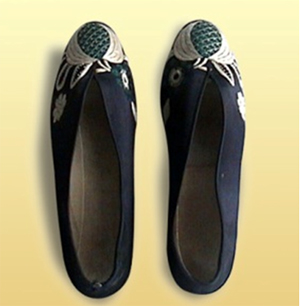
Embroidered shoes from the Republic of China (1912–1949). Women during the period did not bind their feet, so their shoes were larger. But the shoe making techniques were the same.
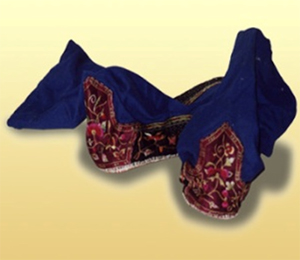
This pair of wedding socks is characteristic of southern Chinese. They wish happiness to the bride.